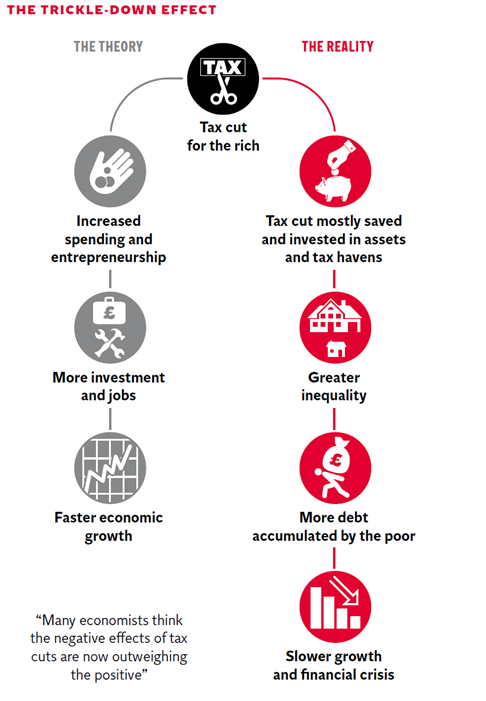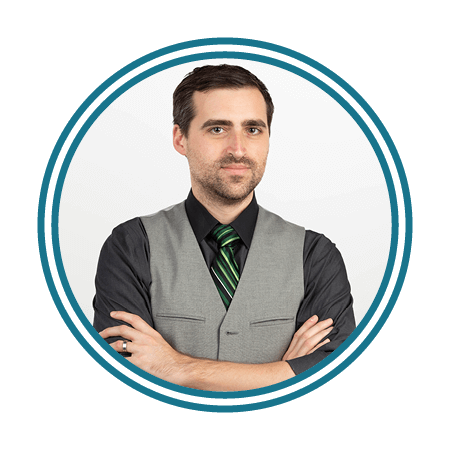
While traveling for the November holiday, my husband and I began discussing what I was going to write about for my next Our Ideas article. I had recently finished reading a summary of the health components of the Build Back Better Act (H.R. 5376) and researching the value of 2020’s #GivingTuesday donations (an estimated $2.47 billion), so my mind was circulating somewhere over the vicinity of “strengthening the safety net” and “supporting underserved communities” with a tie-in to the 2021 “season of giving.” My husband asked me to consider writing a piece to align with the 2021 Transgender Day of Remembrance, though I had already missed the observance on November 20th.
But in the space between the general concept of “underserved communities” and the desire to specifically highlight the voice of Trans* communities lay a question I could not quiet: why, in fact, do we have any “underserved” communities to begin with (let alone so many)?
The conclusion I arrived at was simultaneously heartbreaking, infuriating, and hopeful: we have “underserved” communities because we created them. Or, perhaps more appropriately phrased, we created the circumstances by which a person’s access to health, financial, political and social resources are constrained by their race, gender, ethnicity, socio-economic status, or location of residence classification – more commonly, and euphemistically, referenced as “underserved.” We created these circumstances, so, in some ways, society is operating exactly as intended. To borrow from the poet William Stafford, “every system is perfectly designed to get the results it gets.” Or put more bluntly – the creation and maintenance of underserved communities is a design feature – not a bug. That said, there is power in knowledge, and hope in the acknowledgment that because we created these circumstances, we can decide to create different ones.
How we got to the social, political, environmental, and economic climate that resulted in the way we define “underserved” communities today is not a straight line. There is no one single policy, no individual mastermind, nor any lone department or entity to hold entirely responsible. However, I do think a couple of concepts have had undue influence on how we, collectively, have evolved to our current standing: trickle-down economics and underrepresentation.

TRICKLE-DOWN THEORY: THOSE AT THE TOP WILL TAKE CARE OF THOSE BELOW
On paper and at a very high level, a trickle-down theory sounds plausible: increasing the status of those at the top will promote them using their resources to bolster the stability of those lower in the hierarchy. This is predicated, in part, on the recognized importance of hierarchies throughout human social organizations (Here’s the TL;DR: hierarchies are naturally occurring in human groups) and on the assumption that “a rising tide raises all ships.”
After all, if you have people working to promote you, why wouldn’t you want to take care of them so that they can continue to produce on your behalf? In theory, as the top gains wealth, status, power, or some other commodity, they in turn provide for improvements of the lower hierarchies such that production of wealth, status, power, or that other commodity continues; and then the cycle continues.
Except that the cycle, in fact, does not even finish its first sequence, and we have the evidence to demonstrate this. Researchers in 2020 studied five decades’ worth of trickle-down economics practices from 18 Organisation for Economic Cooperation and Development (OECD) member countries (including the United States). The study looked at how practices such as tax cuts for the wealthy impact a country’s economic performance.
The study concludes that, “economic performance, as measured by real GDP per capita and the unemployment rate, is not significantly affected by major tax cuts for the rich. The estimated effects of these variables are statistically indistinguishable from zero.”
While the impact on economic performance, generally, is not significant, according to Dr. David Hope, one of the study’s authors, the research leads to a second conclusion: “Major tax cuts for the rich since the 1980s have increased income inequality.” (In case you were curious, the United States has cut the tax rate on the wealthy six times since 1980 while raising them only twice.)
I share this not to blame trickle-down economics for the inequities that face those communities we consider “underserved” today; we were well on our way to income inequality before the theory first arrived in the late 1920s. Instead, I share it to call to light that despite both knowing these practices consolidate wealth at the top and having a (notably thin) majority of people in the United States agreeing that these policies have failed, trickle-down economics continue to be a dominant force in our country. And when you structurally consolidate wealth in one group, you systemically withhold it from another (or multiple others). While not every individual in this country aspires to having the same level of wealth, there is a significant difference between choosing your level of wealth and having wealth withheld from you. It is here that I consider trickle-down economics a culprit of perpetuating the existence of communities within our country that are not afforded opportunities to better their status, improve their outcomes, or advocate for practices more aligned with their values. (And, as a teaser for the next section, you should know that economic inequality helps drive a reduction in voter participation.)
UNDERREPRESENTATION (OR SOMETIMES THE COMPLETE LACK THEREOF)
The idea of having adequate representation among those in power has a long, foundational history in the United States. We did, after all, start a war with Great Britain over this concept. Our ability to choose who represents us in governing bodies is a direct result of our ability to vote. And, in case you have not been paying attention, there has been an extended campaign across the United States to control who does and does not have the right to vote. Supporters of protecting and expanding the right to vote have shown the negative economic impact on minority communities of removing voting protections. Those who restrict voting rights do so in the name of “protecting against voter fraud” (though these claims, especially in recent history, are largely understood to be unfounded).
In the context of this article, the point to take home is that voting rights is about whose values are being reflected in our leaders. By reducing the number of people eligible and able to cast a ballot, we are inflating the value of the votes cast by those who have not had legislative barriers put between them and civic participation. Right now, the fight over who should remain eligible to vote for representation is centered on protecting the rights of Caucasian communities while removing access for communities of color. In the early part of the 20th century, the fight focused on denying women the right to vote while protecting access for men. Voting rights fights of the late 19th century overvalued individuals who owned property by trying to prevent non-property owners (who were mostly poor and non-white) from voting.
If you’re sensing a pattern, you’re not wrong: the reason to restrict the right to vote has consistently focused on preserving the power and authority of those in power – the ‘status quo’. In a democratic, representative government, these kinds of restrictions on voting rights and representation are necessary in order to preserve that predominance in the face of a changing demographic landscape. The result has been an increasingly rigid infrastructure (and frequently unjustifiable gerrymandered maps) that dilutes the representation and political power of those outside the status quo. This leaves the growing number of Latinx, queer, first generation, Black, etc. citizens to hope that the representatives elected by people from other communities will take the time to understand their needs, include them in conversations, and work to also improve their quality of life. This distortion of the representative process in turn perpetuates the continuation of policies and environments that fail to “serve” or reflect the values or priorities of those populations.
I could stay on my “Voting Rights” soapbox for some time (as I have done in previous articles), but I’ll come off it now for a quick summary: much like with wealth, consolidating power within one group does not result in equitable outcomes for the other groups. As I said earlier: there is no one direct reason some communities in this country are considered, “underserved.” Because of this, understanding what it means to be “underserved” within the context of any given community requires participation as a member of that community. Trying to convince ourselves that non-reflective representation in our government can appropriately address the barriers facing all facets of our communities is a fallacy.
SO WHAT? HOW DOES THIS HELP?
I have spent the entirety of my career in public health, helping to increase access to care and understand how and why health inequities exist. Every position I have ever held has had a focus on addressing the needs of “underserved” communities. Conceptually, knowing that “underserved” communities are a created construct means that the construct can be uncreated and that we do not have to accept that there will be communities who cannot access care or achieve health. Doing this means deconsolidating power. How? In start, by practicing economics that actually have the capability to distribute wealth and building a truly representative system of government. It is for these reasons that continuing to favor the rich, voter suppression, and gerrymandering represent existential threats to our great American experiment in representative government – and what has been the greatest strength of our republic, that being the ability to adapt and innovate.
How will this lead to changes in the ways I practice public health? Truthfully, the jury is still out on that. Perhaps it begins with building the meeting place between public health practice and trickle-up activism. It could be in supporting the health-as-convener model. Or maybe it has already begun with this article and the conversations you and I will have a result of it.


